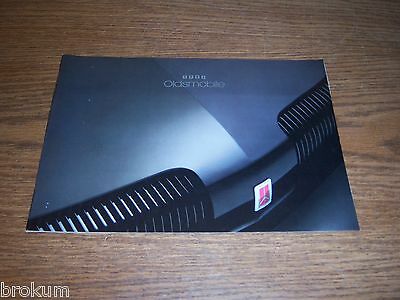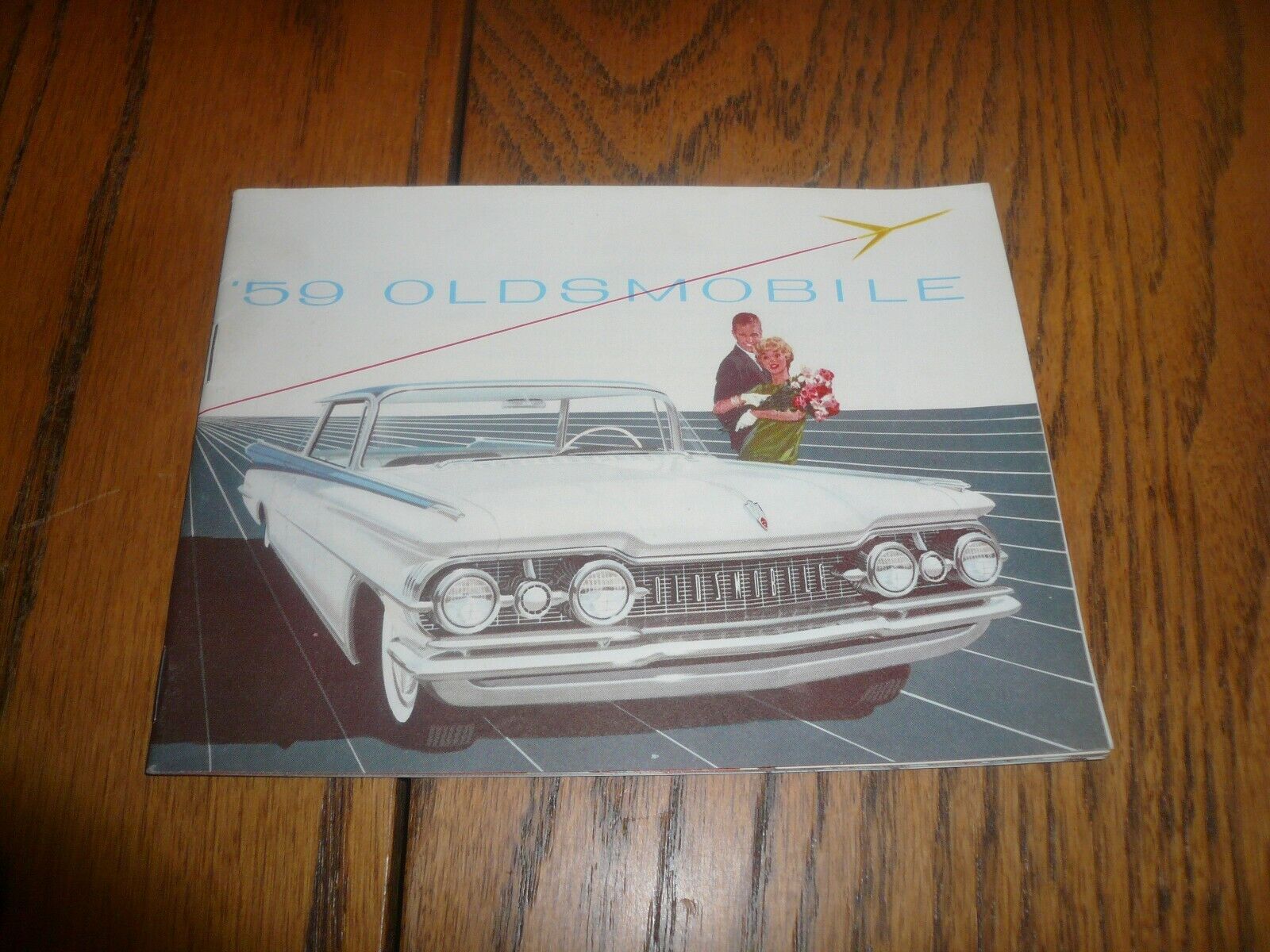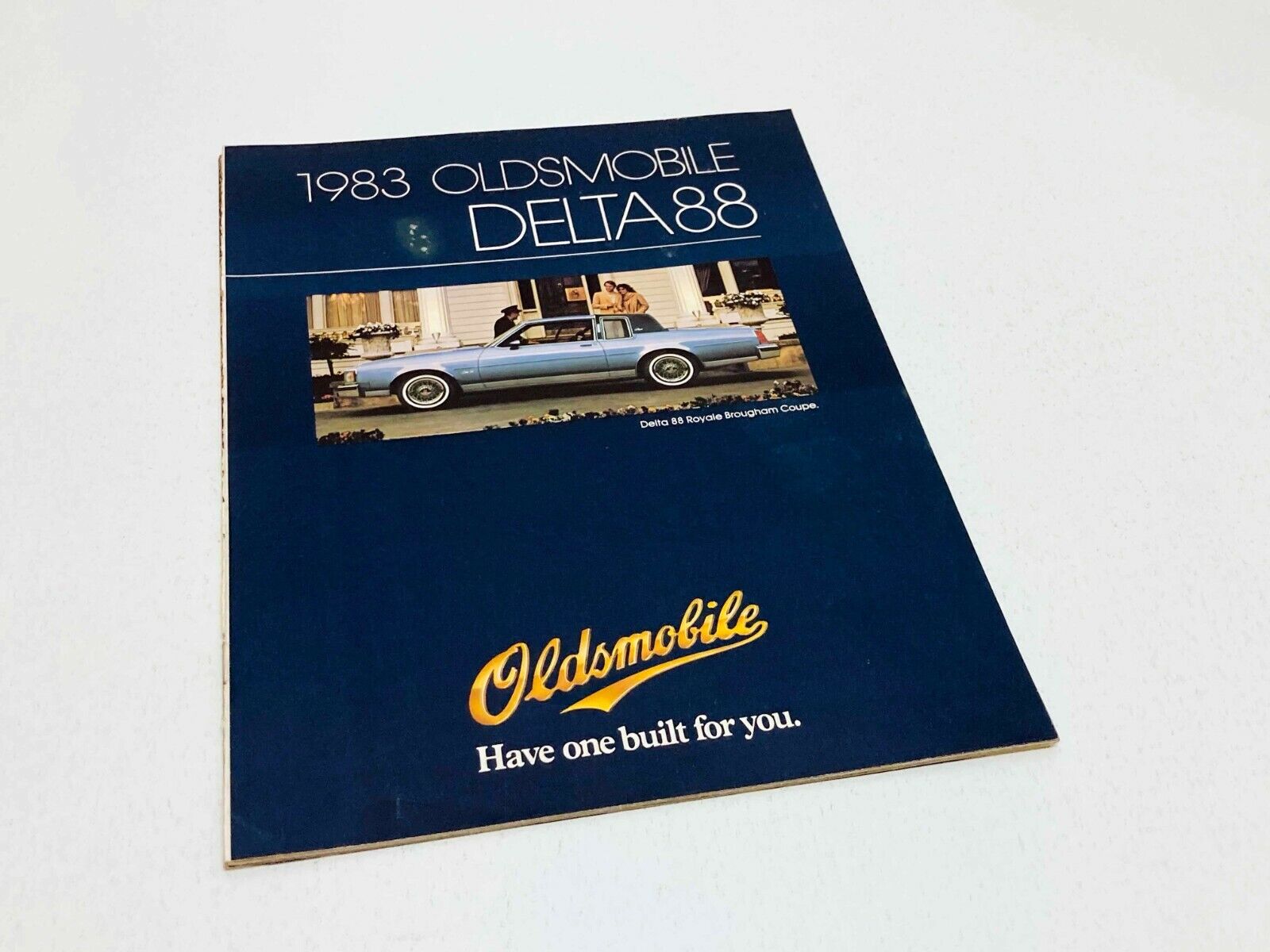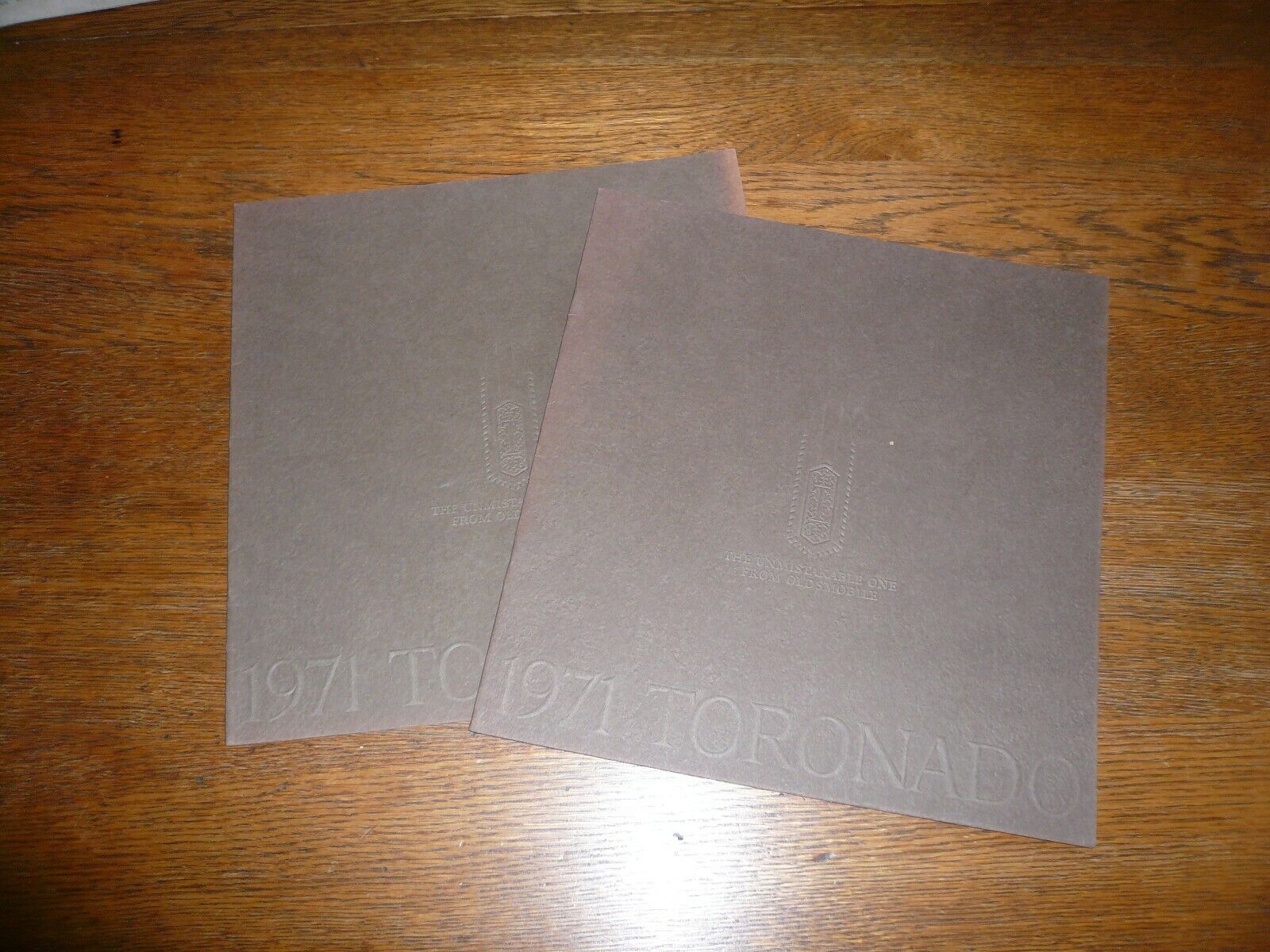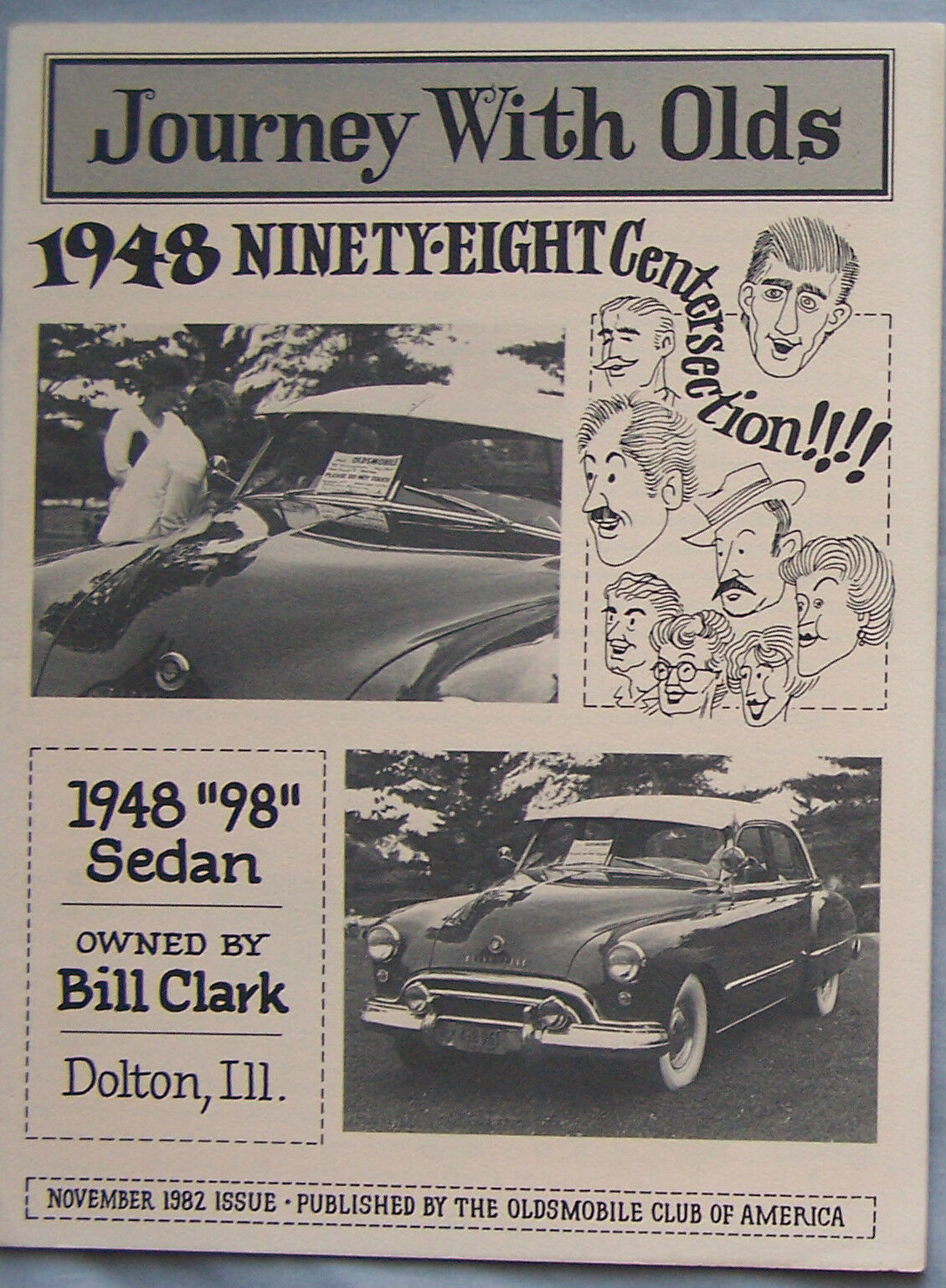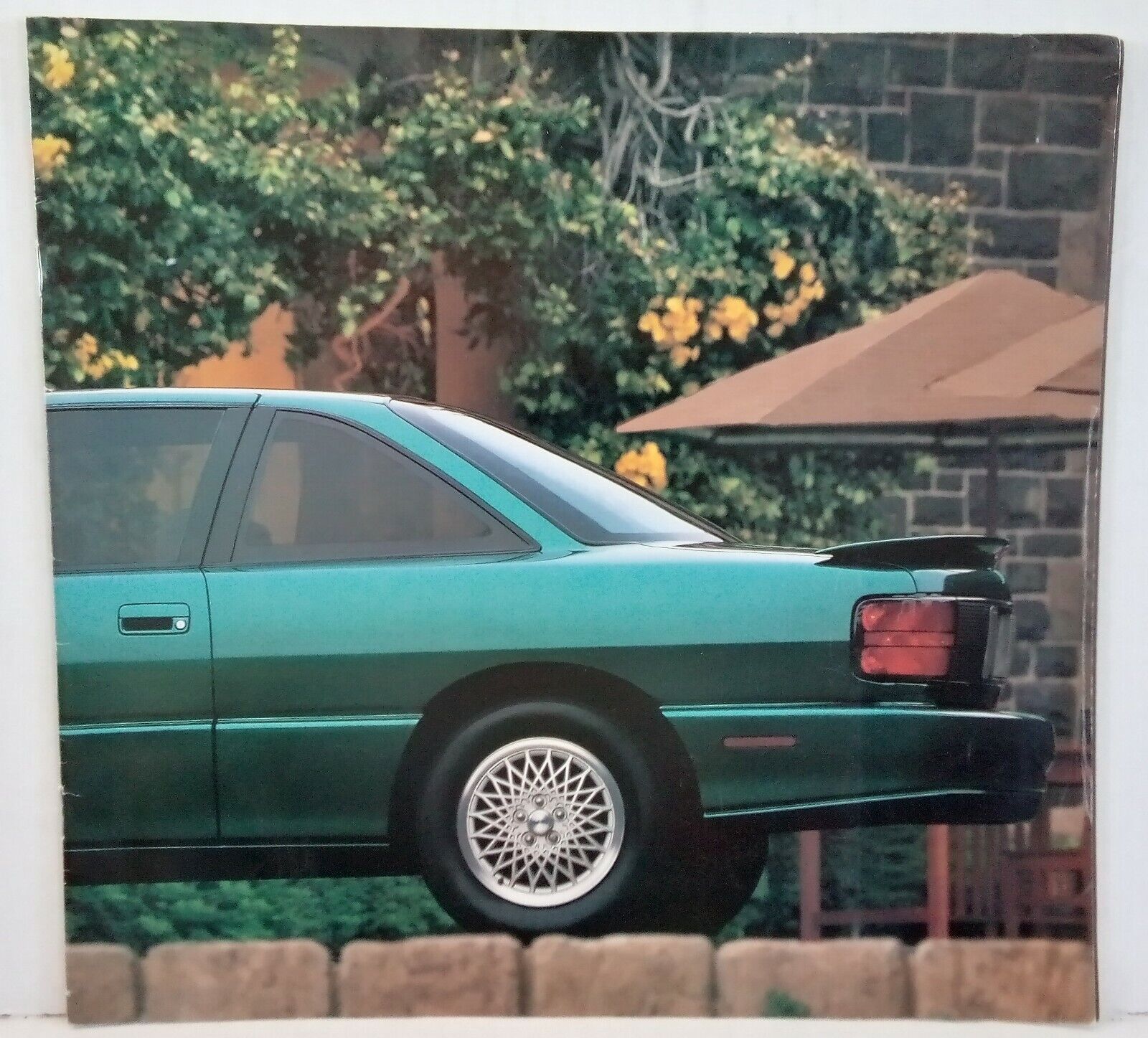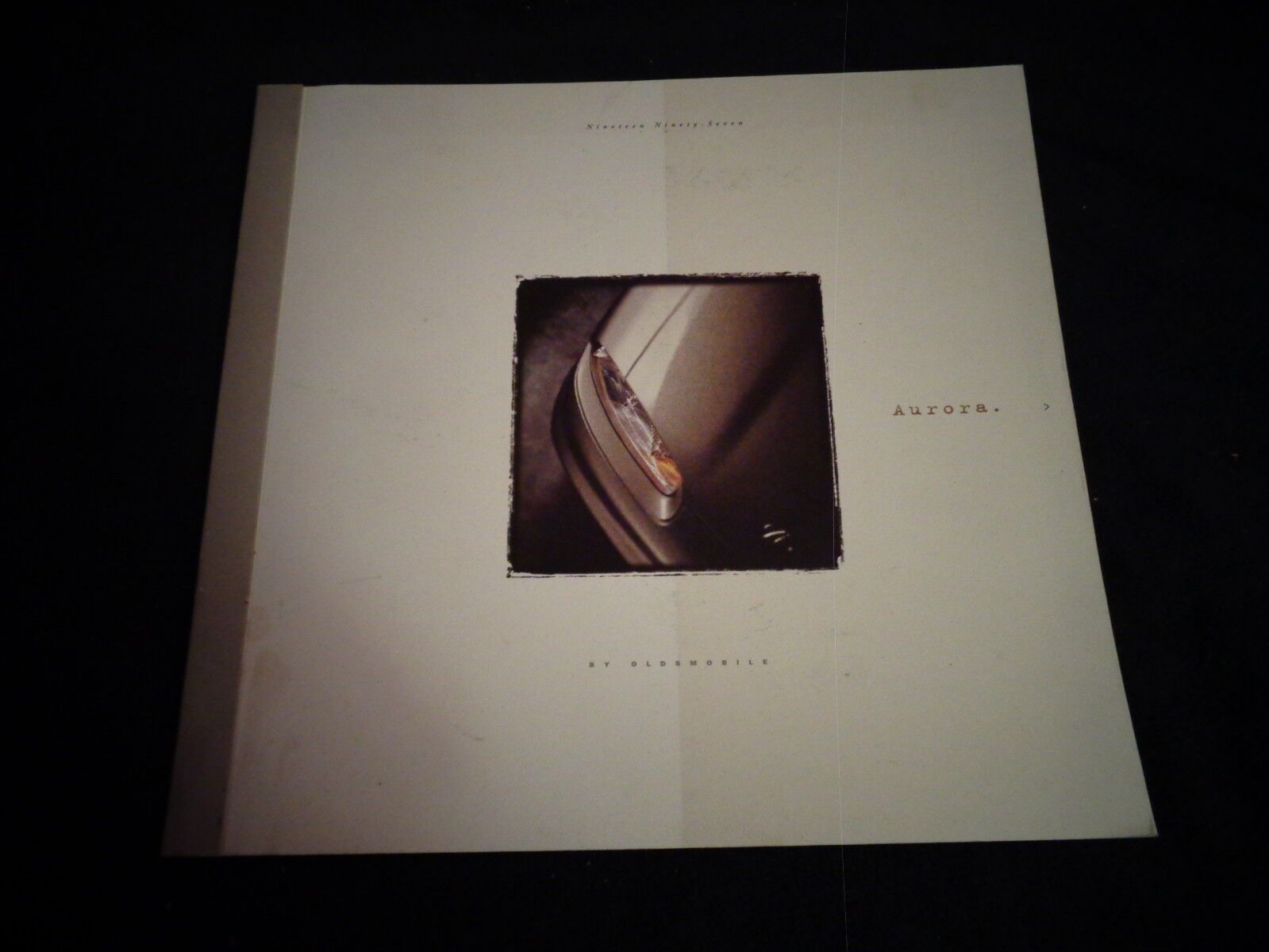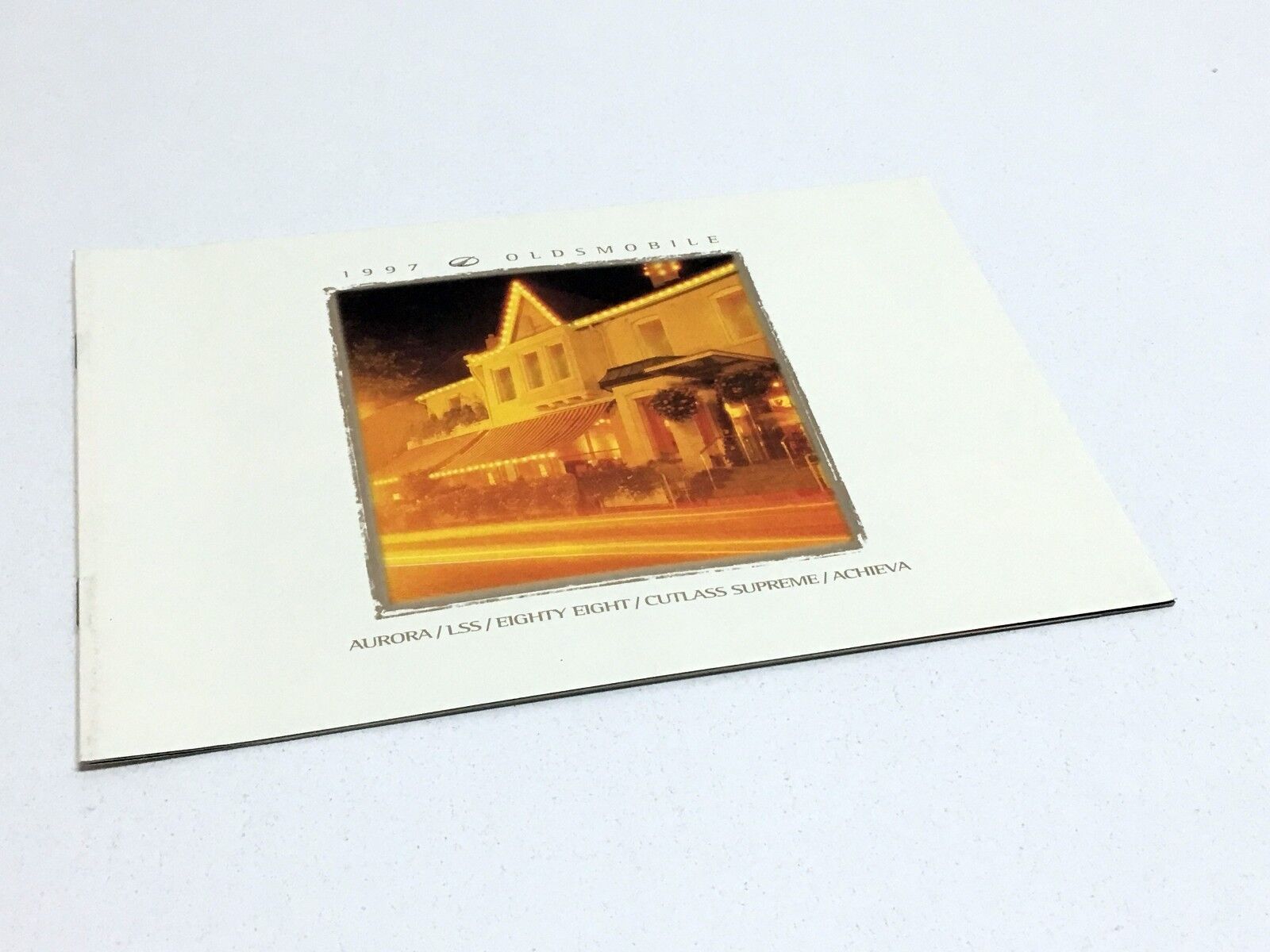-40%
1948 Oldsmobile sales brochure
$ 10
- Description
- Size Guide
Description
This is an 18-panel brochure for the 1948 model automobiles from the Oldsmobile division of General Motors. It is printed on heavy-stock paper and the illustrations are gorgeous. The brochure measures approximately 10 x 8 inches folded and 30 x 24 unfolded. Each panel contains text and color illustrations.NOTE: FREE SHIPPING!!!
Oldsmobile's 1946-1948 cars were revised pre-war models. Inexpensive pricing, solid engineering and handsome style make these cars among the best immediate post-war GMs to restore and enjoy.
Like most post-war cars, the 1946, 1947 and most 1948 Oldsmobiles were changed only slightly from their 1942 predecessors. The Special Sixty, Dynamic Seventy and Custom Cruiser 90 series cars built during that shortened last year of production (which ceased on February 3, 1942) were wider, lower and longer, and sported lengthened "Fuselage" front fenders and widely spaced headlamps flanking a reinforced bi-level bumper and grille. When production of 1946 Oldsmobiles began on October 15, 1945, the cars were easily denoted by details like one-piece front bumpers, down-turned four-bar grilles with a center post, and minor trim.
The three trim levels used before the war returned. The six-cylinder Special Sixty, which used a 119-inch wheelbase, came in fastback two-door club coupe, fastback four-door club sedan, notchback four-door sedan, convertible and wood-bodied station wagon forms. The six- or eight-cylinder Dynamic Seventy series, whose wheelbase stretched to 125 inches, was available as a two-door club sedan or a four-door sedan; the premium eight-cylinder Custom Cruiser Ninety series, also on a 125-inch wheelbase, could be had as a four-door sedan, a two-door club sedan or a convertible. The same lineup returned in 1947 and 1948, although the Sixty series was renamed "Dynamic" and could be fitted with a straight-eight in 1948. The Ninety series of 1948 was all-new, and forecasted the "Futuramic" styling the rest of the Oldsmobile lineup would wear in 1949. The tried-and-true mechanicals underpinning these cars, which featured "Unisteel" bodies over crossmember-reinforced X frames, were pressed back into service for the post-war versions; the Special Sixty and Dynamic Seventy cars (designated 66 and 76) used an L-head 238-cubic inch straight-six engine. This cast-iron block, with its 3-1/2 x 4-1/8-inch bore and stroke and five main bearings, used a 6.5:1-compression ratio and a one-barrel Carter downdraft carburetor to make 100hp at 3,400 rpm. This engine continued through 1948 with electro-hardened aluminum pistons, a high-carbon crankshaft and an automatic choke and fast-idle system on the Carter carburetor.
The Dynamic Seventy and Custom Cruiser Ninety series cars, called 78 and 98, featured an L-head 257-cu.in. straight-eight with a cast-iron block and a 3-1/4 x 3-7/8-inch bore and stroke. Using a 6.5:1 compression ratio and a two-barrel Carter carburetor, it made 110hp at 3,600 rpm, and for its duration through 1948, it used aluminum pistons, I-beam construction connecting rods and an automatic choke and fast idle system. Both the straight-six and straight-eight engines came with a standard, column-shifted syncromesh three-speed manual transmission. Only the most frugal buyers stuck with the three-pedal version; a much more popular option, costing less than 0, was the advanced four-speed Hydra-Matic Drive automatic transmission, which Oldsmobile debuted to great acclaim in 1940 and proved through wartime tank and truck applications. Braking was handled by a hydraulic four-wheel cast-iron drum system, 11 x 2 inches front and 11 x 1-3/4 inches rear, hidden behind 6.00 x 16 tires (6.50 x 16 on convertibles and station wagons).
The Special Sixties included features like dual sun visors, cigarette lighters and cloth upholstery, while convertibles added a standard power top and genuine leather upholstery. Station wagons seated up to eight passengers and could be had in standard or deluxe trim. Deluxe-trimmed Seventy series cars added an E.Z.I. rear-view mirror, foam rubber seat cushions, rear center armrests, broadcloth upholstery and chrome wheel trim rings. Ninety-eight models added a deluxe steering wheel with a horn ring, a standard electric clock, rear fender skirts and 7.00 x 15 tires, and 98 convertibles featured hydraulic power for the windows and front seat. Options included "Condition-Air" heating and ventilation and a six- or seven-tube radio.
The 1946 through 1948 Oldsmobile lineup changed very little, with the exception of late-model 1948 Series 98 cars; hood and fender ornamentation varied minimally from year to year, and the grille lost its center bar for 1948. Pricing of the Special Sixty ranged from ,108 for a 1946 club coupe to ,614 for a 1948 station wagon, and while a 1946 Dynamic 76 club sedan cost ,184, a 1948 78 sedan listed for ,801. The top-of-the-line Custom Cruiser 98 convertible showed a price increase from ,840 in 1946 to ,040 in 1947. Despite the cars' rising prices, their steadily increasing sales allowed Oldsmobile to retain its seventh-place ranking in the American auto industry.



